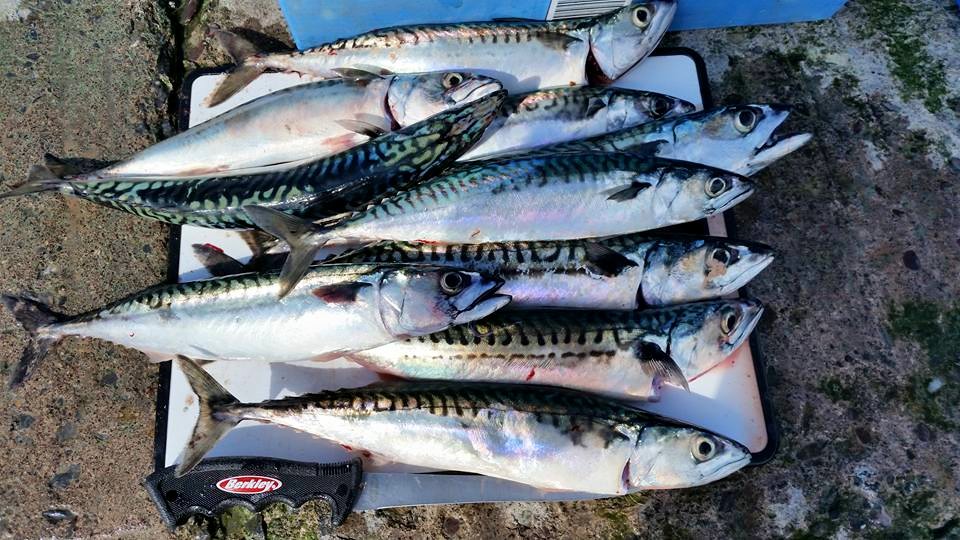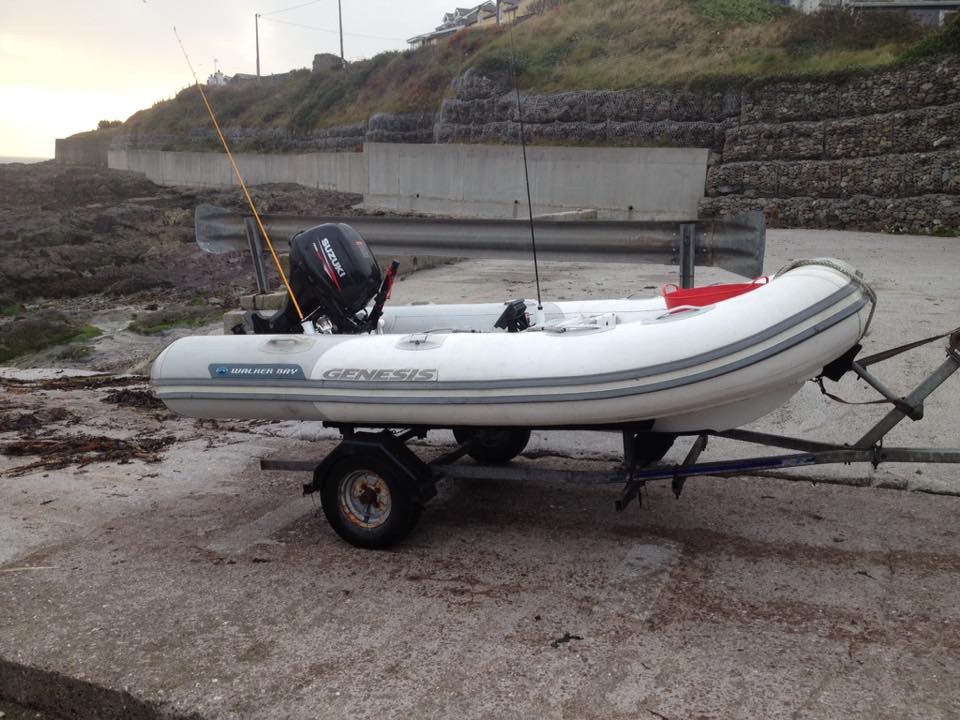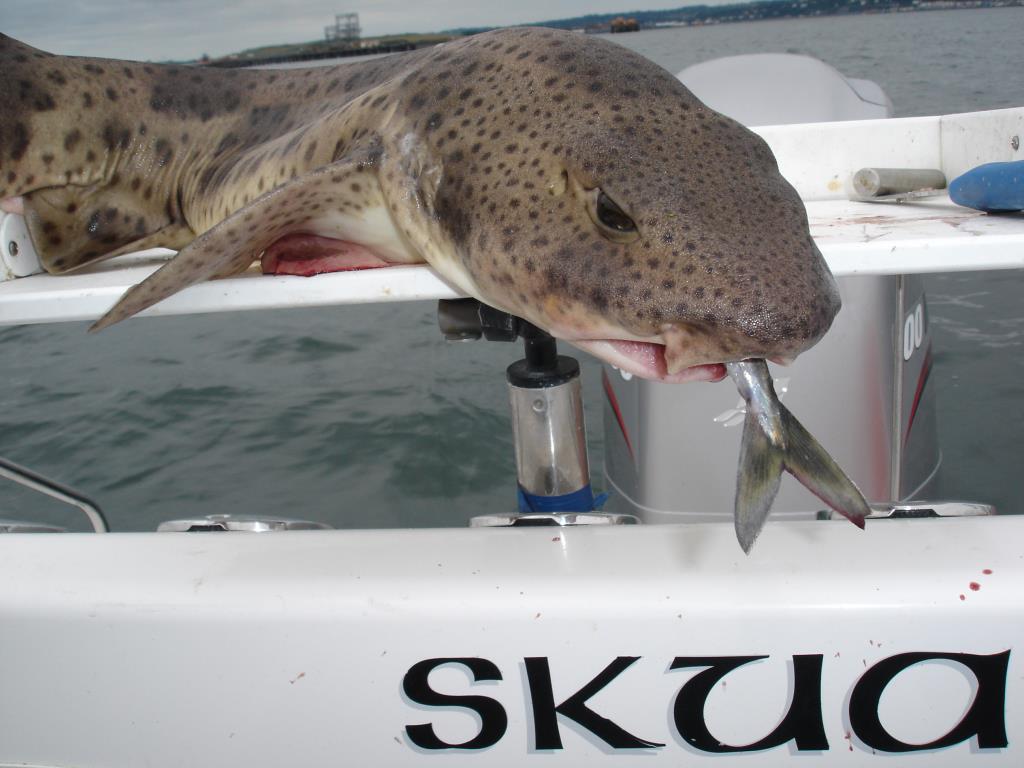* Jim’s Lure Mistakes Pt1
My Lure Mistakes
This article and the accompanying pictures of slides made up the basis of my presentation at the Ireland Angling Expo held over the weekend of 21/22 Feb 2015.
Why my lure mistakes?
Lure fishing is not a new phenomenon In fact lure fishing is its purest form has existed for centuries. It is fair to say this though – in recent years there have been advances in technology that have changed lure fishing forever. These advances have spearheaded a veritable revolution in terms of how we approach the catching of fish with artificial lures.
When did this all come about? Certainly the Americans and the Japanese have been to the forefront in terms of lure fishing advances. The French are certainly movers in the latest round of advances. In fact I would consider them to be the real experts in terms of the techniques we use now when we target bass in places that were once out of bounds or unproductive.
So I started this journey in and around 2008. I was a lure angler before this time but it was around this time that I began to experiment with techniques that were new to me and pioneered by visiting French anglers. I have made plenty mistakes along the way. Perhaps by outlining some of these mistakes it might help other lure anglers on their journey to lure angling success. Hence my lure mistakes!
Before taking on any talk of fishing it is important to get the public service announcement out of the way. Taking to the water is a is an amazing thing. Standing on a rocky shoreline at dawn is something to behold. It should not be taken for granted. Anywhere around water can be dangerous. There is little point in making water more dangerous than it is by not respecting and taking chances.
So whether taking to the water in your boat or kayak remember the basics of safety:
Always Wear a lifejacket!
Always carry communication devices. A is great but remember we are often fishing close to the shoreline in remote areas and phone service can be patchy. To be safe you should carry a vhf radio. I use GPS on all my craft. I do not always use it for navigation but it is great to have a GPS should it be needed in poor visibility. After the safety equipment the angler needs to be in tune with the latest weather conditions. An awareness of tide and the implications of its impact on conditions and navigation is important. It is important that you leave somebody on shore information on your projected return time. It is also important that where there is a group of anglers travelling together on a craft that there is a skipper, somebody who takes responsibility for the action of the group. There are times where the conditions need a steady mind as often the best choice of action on the day is the least favourable – no fishing!
The slide above that shows two craft on the water and occupants without life jackets is stark and simple. There are more and more incidents of this type happening around the country. Anglers turning up to go fishing with scant regard for their own safety and the safety of the people tasked to rescue them when they are in trouble. The picture on the right is typical – an overloaded dinghy, no lifejackets and obviously little idea of the conditions at sea. The angler that took the picture was not happy to travel out in his own boat on the day. These contenders for the Darwin Award felt they knew better! The soul in the picture on the left died shortly after the picture was taken (I took the picture from the Marine Casualty Investigation Board report into the incident).
Enough of the safety lecture, lets get on with the mistakes!
#1 Its all about the casting
No anymore its not! When you get involved in lure angling nowadays there is so much more to consider than casting. I would say I spend less than 30% of my time casting when lure fishing. I spend much more time fishing vertically – or straight under the boat. I spend the most of my fishing drifting and only occasionally anchor in areas where the mark is small or the tide/wind conditions dictate that this anchoring is the best option. With this in mind the gear you use has to reflect the differing techniques.
#2 Its Really just for Bass
The amount of species that we target with lures is incredible. Yes, bass is probably one of the greatest prizes for the lure angler but there are so many other fish that are easier to target and can offer more sport. Take pollack for example – anybody hat is used to fishing for pollack in the traditional way, using boat rods, booms and flying collar rigs will be delighted to tackle a pollack with a modern lure rod. Any angler that can master the techniques used to catch cod on lures will be hooked forever. The fight from a hooked ballan wrasse is unreal. The light touch needed to catch a flounder on a lure is rewarding…modern lure angling is certainly not limited to bass and pollack.
#3 It’s all about plugs
You would be forgiven for thinking that lure fishing is all about plugs. If you pay attention to the marketing blurb online and in print you would think that if it is not expensive plugs then you will not catch.
I rarely use hard plastic lures, or plugs. I mostly use soft plastic lures. More and more I am gone back to using metal jigs as more and better jigs are becoming available. The amount of lures available at this stage is actually daunting. Unreal when you consider that a few years back there were few soft lures available. I still think that some of our local tackle shops are not stocking a decent range of plastics, literally forcing the angler to buy online.
Do not get caught up in the idea that you must have a particular soft lure to catch. I think that every soft lure “has its day”. Sure there are some lures that are consistently effective like the “Black Minnow” but using an expensive soft lure to catch pollack, cod and wrasse is unnecessary and wasteful – that said, if you have got it flaunt it!
#4 Any Rod Setup will do.
Of course you will catch some fish on whatever rod you decide to use! But will you catch consistently? When I was setting out on my lure journey I first decided to use a rod that I had sitting there in the shed – a Penn millennium 11’ rod – a decent rod in its own right!
It was really when I started to investigate the “modern” techniques that I realised what was going on. Rod manufacturers began to make rods to suit the techniques being pioneered in France, USA and Japan. I was dubious about the short rods that French anglers were raving about. I duly went about getting my hands on some rods to experiment with. In hindsight the 11′ Millennium was a bendy banana that would struggle to work a surface lure not to mind a plastic. At 11′ the feel was gone anyway.
Length of rod is always an interesting subject. The French rarely go over 8′ for a shore rod. I notice a trend towards longer rods in the UK and Ireland, 9’6″ and now even back to 10’…. Whatever floats your boat to an extent but I think the loss of feeling comes as the rod gets longer. You will not cast further just because you have a longer rod. I still see my French buddies using their 7′ and 8′ rods from the shore and boat. You don’t see too many long bass-style lure rods in French catalogues. That’s good enough for me!
I would say this: You can have lure success without spending a fortune on a rod. There are some beautiful lure rods out there that do not cost the earth. Check out the offerings from Pezon Et Michel. The Surecatch Salty Spin is an inexpensive rod that really ticks the boxes. There are really good rods in the Cinnetic range of rods. I have had great fun with a Rovex 8′ cheap as chips but beautifully medium fast actioned rod. Have a serious look at the gear offered by Spanish giants Kali Kunnan, the Bocca Nera is very well priced and very well equipped with fuji eyes etc. As you come up the scale in price you get to the Hart rods – Epitaph the Bloody range. I avoid rods and manufacturers that have a poor reputation for breaking. I think of Majorcraft in this light. I am not going to take a chance on them yet after the Skyroad and Truzer debacles. In the mid-range you can investigate the Gunki Hayashi. The Abu Garcia Rocksweeper is an incredible rod. At the higher end the Illex Element Riders are sublime. I have used Tenryu rods but think that the Illex stand up better at way less money for a top-end lure rod. For me these rods represent the pinnacle of rod design. These are rods that I have and continue to use. I think anglers tend to start with an inexpensive rod. If you get hooked on lure fishing then it seems to be a logical progression to end up paying a few bob for a decent rod. Some stay with the budget rods and love them!
Be careful with manufacturers ratings for rods. There are many rods gracing the inside of garden sheds because an angler ordered it by going by the manufacturers rating and the rod ended up either too light or too heavy for the purpose intended. It has happened to me in the early days. Ordering rods had to be done on spec so you took your chances. I would reckon you should try and get a feel of the rod you think you want, especially if that rod is a costly investment. Try your local tackle shop or contact a fishing contact and get a feel of the rod you are hoping to buy. You will save yourself pain and expense in the long run.
#5 Any Ould Reel and Line will do
I remember fishing with some French lads. It was a strange experience really. They were fishing in places in “my harbour” that I would not have dreamed of fishing. They were catching bass. If ever you needed motivation this was it! I just had to be able to do this. I picked up my “lure rod” and flicked out a lure. I could see the raised eyebrows and the little smiles as my almost seized reel began squeaking its retrieve. They explained the theory of “finesse” to me. They like to fish as light as the conditions allow. They like to have the nicest, balanced tackle available. This is their chosen method of fishing so they equip themselves with the most cutting edge gear. Lure fishing was something I did occasionally and therefore it was not high on my list. It was simple really, I did not have the gear so that I could get the “most from the gear” and of course I could not get the “most from the fish” I was targeting. Older longer rods were not designed for flicking light soft lures. They were not designed to fish a light jighead vertically from the boat.
While your rod is probably the most important link in the chain your reel is very important too! Maybe I was not clear here. It is a mistake to think you can have success while using monofilament line. Again, of course you will catch some fish. Will you consistently catch fish and minimise lure loss? I think not. The braid you use will have a bearing on your ability to catch fish. When using braid you will want to take advantage of the thinness of braided line. This thinness will give you an edge when it comes to keeping in touch with your lure. I have settled on 20lb 0.13mm 8-strand line for the majority of my lure fishing. If I thought that I would get away with 5lb line I would. However, 20lb line gives me the ability to pull through snags and offers a bit of forgiveness. I did experiment with lighter line but believe me the lure losses while using very light line make it frustrating and inefficient.
I like to ensure that the reel compliments the rod in terms of balance and weight. Whereas I used tend to lean towards 4000 series reels I now tend to use 2500-3000 series reels. The smaller reels suit braid and also seem to “sit better” on the rod. I used tend to go for mid-priced reels and then hope to hell I get more than two seasons out of the reel. Other than a little bit of basic maintenance I give my reels a wipe down after most trips. In recent years I have settled on a Penn Slammer 3500 for much of my lure work.
Well, that’s the first installment….. The second part is coming soon!
Second is here:





















